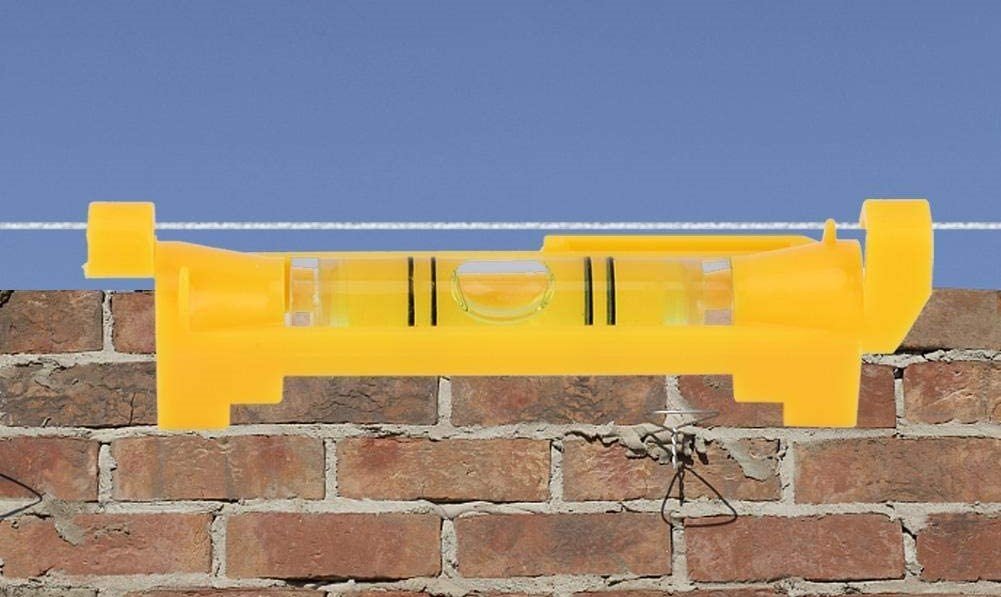Grading a Yard | Setting Up for Success
Grading a yard involves changing its slope or elevation. Click on each of the following sections to learn more.
If you are looking for landscaping help, or you would like to install a deck or fence, contact us.
Image by PublicDomainPictures from Pixabay
Grading a yard has many advantages for your home and your lawn
Grading a Yard
1. The Importance of Grading a Yard
Grading a yard is very important for a number of reasons.
Protects Your Foundation:
Water that gathers around your foundation can do a lot of damage over time including cracks and weaknesses. This damage can lead to leaking, flooding, or even your foundation sinking. Grading a yard will let any type of precipitation that falls, flow away from your home's foundation, keeping it dry and protected.
Prevents Soil Erosion:
If your yard is on too steep of a slope, your soil will begin to erode away. Grading your yard can help prevent soil erosion. Terracing or adding a retaining wall can also help or you could also add plants with fibrous roots and large leaves that can help to stop rain from washing your soil away.
Helps Reduce Insects:
Grading a yard will mean that you won't have puddles of standing water that can attract insects like mosquitos.
Makes Your Plants Healthier:
If your yard is not properly graded, then you can damage your plants. Your trees, bushes, and other plants could develop root rot or could be suffocated by the pooling water.
Prevents Ice Build-Up:
Grading your lawn is not only helpful in the warmer weather, but it will also help to prevent ice build-up around your property. Ice build-up can suffocate your lawn and damage your plants.
A properly graded lawn will help keep your plants and grass heathier
2. Why Grading is Important for Deck and Fence Installations
If you have a sloped yard, it is more difficult to install a fence or deck, especially if you have never done it before. A professional deck and fencing company will be able to do it for you.
If you want a low-level deck that is flush or sits at ground level, and your ground is uneven or lumpy, then you will need to grade it before your deck is installed.
An uneven grade makes installing a ground level deck more challenging
3. Why Grading is Important for Sod Installation
If you do not properly grade your lawn before you install new sod, then you run the risk of having a soggy, mushy lawn. You may find that some spots have puddled water and other spots are dry.
Grading a yard will help to ensure that your sod installation is successful and your new grass is evenly watered and healthy.
Grading a yard is important to do before installing new sod
4. How Much Slope Should a Yard Have
Your yard should ideally slope away from your house on all sides. Here are some more specific guidelines to follow:
Your finished grade should be level with your existing fixtures such as your patio, walkways, your driveway, and your established lawn.
If you are going to be adding sod or replanting your lawn with seed and adding soil improvements, then make the grade one inch lower than your existing fixtures.
Your grade should drop at least three to six inches for every ten feet that you go away from your home. This means that the surface of your lawn that is ten feet away from your house would be three to six inches lower than the ground next to your home.
The slope of your lawn should not be more than twelve inches for every four feet.
You should build a low retaining wall if your slope is more than twelve inches for every four feet. Instead of a retaining wall, you could also plant ornamental grass or cover the slope with a hardy ground cover to help prevent soil erosion.
Your lawn slope should not be more than 12 inches for every 4 feet
5. How to Measure the Slope of Your Yard
You can take the following steps to measure the current grade of your yard.
Step 1:
Tie one end of a ten-foot piece of string around a stake and drive it into the ground right next to the foundation of your house. Make sure that the string is at ground level.
Step 2:
Using a measuring tape, measure about 8.5 feet out from the first stake. Drive a second stake into the ground at this point. Make sure that you just drive it far enough so that it can stand up unassisted.
Step 3:
Take a hanging string level and hang it at the midway point of your string. Move the part of the string on the second stake up or down until the bubble on your level is centred.
Step 4:
Measure the height from the second string to the ground. Divide this number by 100. The resulting number will be your land grading measurement expressed as a percentage.
If your string was 5 inches above the ground then you have a 5% grade. You can repeat this process at various points around your house and find out the grade in different locations. Generally speaking a grade anywhere from 3% to 25% is usually acceptable.
Image source: Amazon
Use a hanging string level to help you determine the grade of your yard
6. How to Grade a Yard Properly
To grade a yard properly, take the following steps.
Step 1:
Remove all the topsoil from the area you need to grade. Keep it in a pile for later use.
Step 2:
Scrape away all of the raised or higher areas or subsoil and use that soil to fill in any low areas that you have.
Step 3:
Take 2 inches of your saved topsoil and fill it into the top 2 inches of the subsoil in the levelled area. Mixing these two soils together will help to prevent you from having drainage issues between your subsoil and topsoil.
Step 4:
Spread the remaining topsoil over the area to a depth of at least 4 inches. If you do not have enough topsoil from your reserved pile, you may have to purchase more. Make sure that the topsoil you purchase is free of debris like stones, weeds, seeds, roots, and pesticides.
If the area that you need to grade is large, it would be a good idea to hire a professional to do it for you.
You can get a professional to help you with grading your yard
For Professional Landscaping, Decks and Fences, Contact Citywide
With Citywide Fences & Decks, you will enjoy personal service like no other. If you are looking for the best gates and fencing at an affordable price, contact Citywide.
Our expertise and unmatched customer service have earned us a reputation for the finest craftsmanship, professionalism and friendliness in the industry. Not only will you appreciate your new fence, but you will also enjoy working with us.
Citywide Fences and Decks is a locally owned and operated business based in the Kitchener-Waterloo region. We have been proudly serving our community with the highest quality services for more than 13 years.
The services we offer include:
We provide free estimates, friendly expert advice, and a range of products and options to transform your property into something truly spectacular and functional. Contact us today for your free quote.
What our customers are saying…
“Highly recommend! Professional, conscientious and trust worthy company. We are extremely happy with both our new fence and lawn drainage system. Employees were hard working and obviously dedicated. Dave explained the process for each project and went above and beyond to personally ensure we were satisfied with the completed projects. Both our fence and drainage system were completed in the agreed time frame as discussed and meet our high standards.”
— Glen and Jackie Soehner







